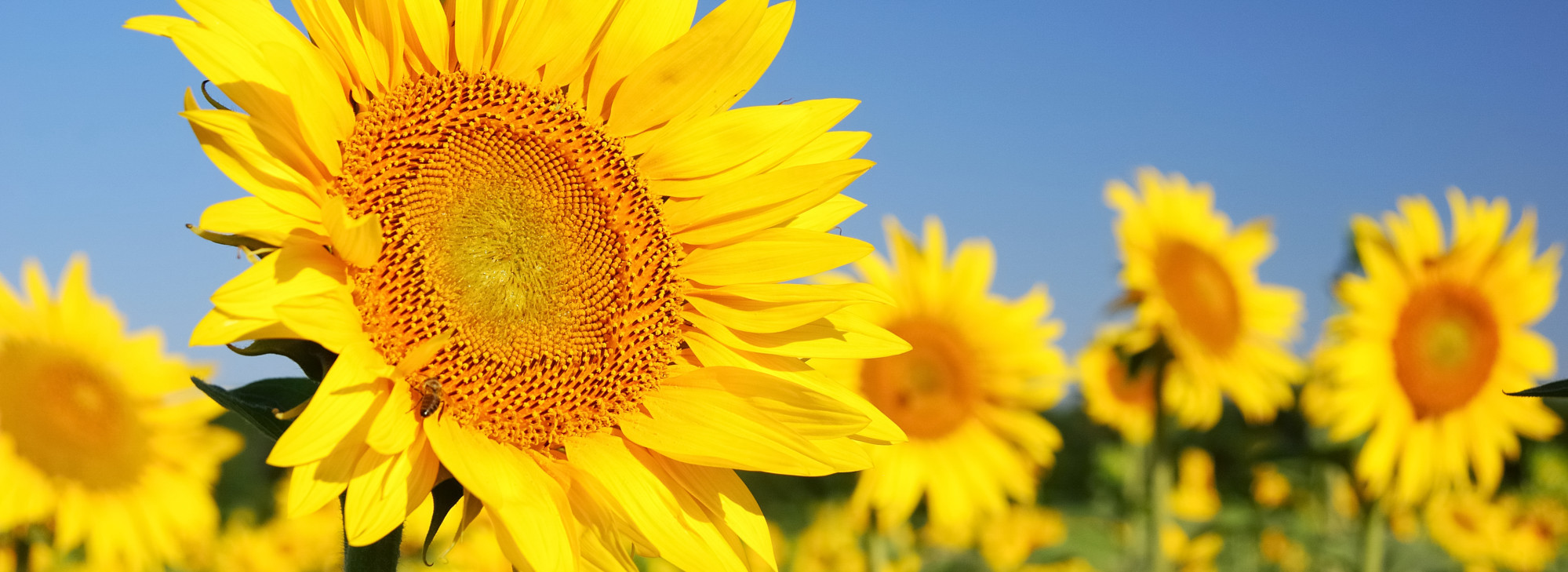
It's that time of year to get planting! It's still a bit cold here in Philly but I got my beds ready last week and planted one box with the usual greens plus a few new ones (trying to take my own advice from the "Lettuce Be More Exciting" post). So I've thrown some mache (corn salad), mizuna, and minutina in with the spinach and lettuce.
But I'm planning on stepping it up even further this year with a few more unusual greens as well as some exciting alternatives to the 'tried and true' veggies. I want to share with you a great book by Niki Jabbour titled "Veggie Garden Remix" that matches up the typical veggie garden staples with ideas for how to try more unusual alternatives. Many of them inspired by immigrant cultures who have introduced an amazing and flavorful diversity to our home gardens, the book has a stunning variety of suggestions - it was hard not to go overboard when I was deciding what to order from the seed catalog!

So for example, like spinach? The book suggests trying sweet potato leaf, orach, molokhia, or amaranth. Never heard of any of them other than amaranth so I'm starting there first. Also called Chinese multicolor spinach, looks beautiful, right? It's also a superfood - with twice the vitamin C, same amount of iron, and similar taste to spinach. Unlike spinach it doesn't bolt in hot weather so looking forward to enjoying this throughout the summer.

I'm also adding blood sorrel, or red veined dock, a beautiful bright green culinary green and aromatic herb. It's best in early Spring or in Fall and cut back during the summer heat. It's tangy with a lemony bite to it, providing a nice dose of vitamin C.

I'm also kicking up the experimentation on cucumbers with 3 fun additions - dragon's egg cucumber, cucamelons, and a Japanese long cucumber. The dragon's egg cucumber is an heirloom cucumber that is about 3 to 5 inches long with smooth cream-colored skin and a kid friendly mild flavor.

I'm super excited about the cucamelon - it's just cute! Also called Mexican sour gherkin or a mouse melon, it looks like a tiny watermelon - only an inch long! They have a cucumber citrusy flavor and must be picked before they get too sour. Looking forward to the first taste test!
And lastly, I've added a long cucumber variety, the Japanese Long. It's slim and crisp with few seeds so will be a fun variety to use in our standard weekly 'cucumbers in oil and vinegar' dinner dish.

I have my favorites for tomatoes and have not really ventured into all the unusual heirloom varieties which seem to be very trendy these days. But I am going to try ground cherries this year. When reading Niki Jabbour's book, she described their flavor as comparable to 'pineapple with hints of cherry tomato and vanilla'. What?? I just want to know what that tastes like! They're also called 'strawberry tomatoes' or 'Cossack pineapple'. Should be a great addition to salads, and they can also be dried for snacks. Supposedly they are hard to get started but are self sowing after that so I'll need to find a place where they can come back year after year.
Also, throwing a few additional oddballs in just for fun....
I'm adding soybeans with the idea we might enjoy some edamame later in the year, some jerusalem artichokes (sunchokes, which I wrote about several years ago), as well as a colorful mix of radish varieties. For the jerusalem artichokes, I tried them before and got a small harvest so want to try again to see if I have better luck. As they spread quickly, I'll plant in a container within the garden to keep them in line. And lastly, the radish varieties will be added to some watermelon radishes and hakurei turnips, both of which I've written about before as well and heartily endorse for a repeat.



So hoping many of these will actually grow well enough to try them all! If nothing else, they will add some fun and a greater incentive to monitor and make sure they're progressing along with the regular staples of beans and peas and such. And maybe, if I'm lucky, they'll keep the kids interested in checking out what's growing long enough to pull a few weeds, right??
One more note. This year, I'm trying many seeds from Baker Creek Heirloom Seeds out of Missouri. I picked them because they are on several lists that don't get their seeds from Monsanto which I try to avoid. Their seeds are non-treated, open-pollinated NON-GMO seeds and I think it's important to support these companies. The link here has a list of the top ten best seed companies that don't get their stock from Monsanto so support the little guy and check one out!
So here's to getting our gardens growing!

